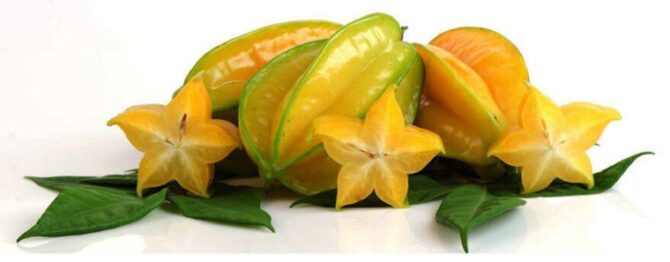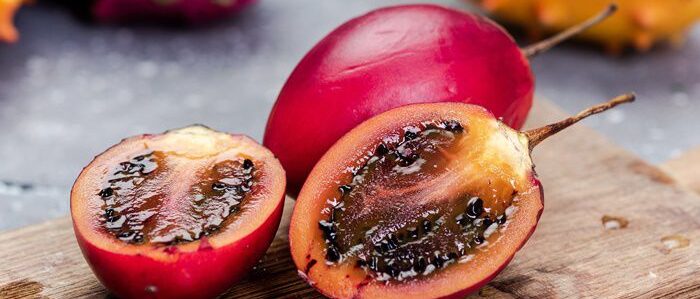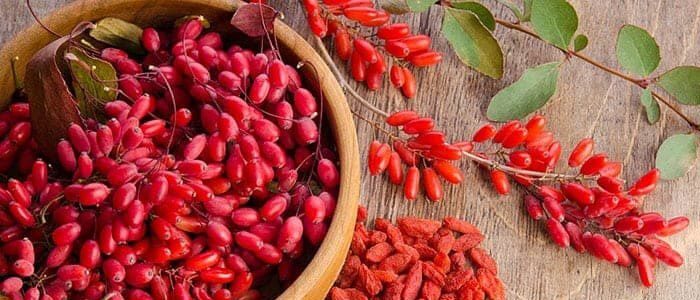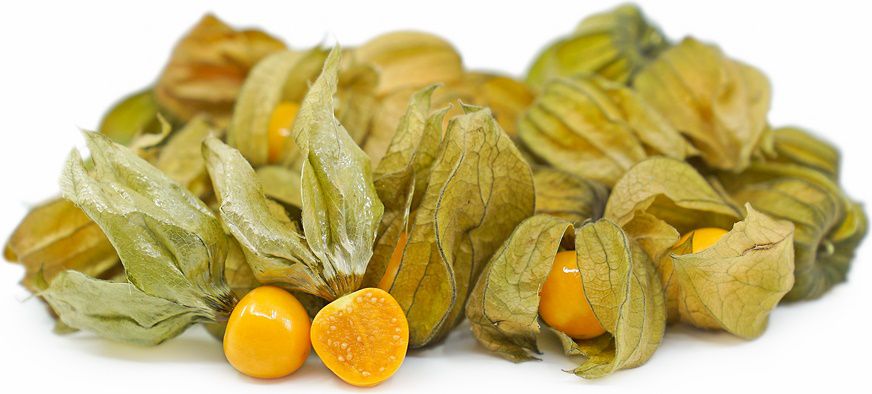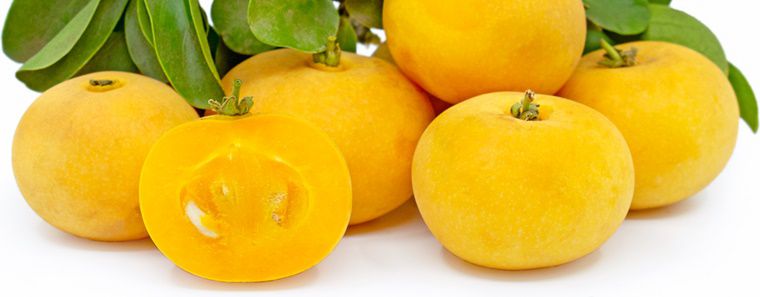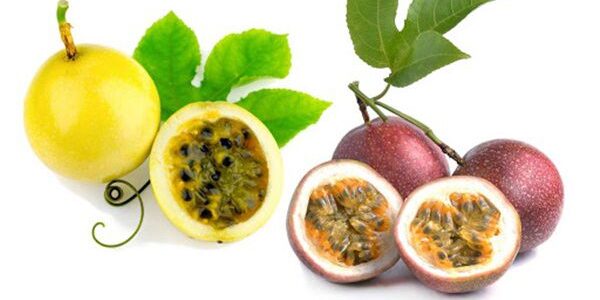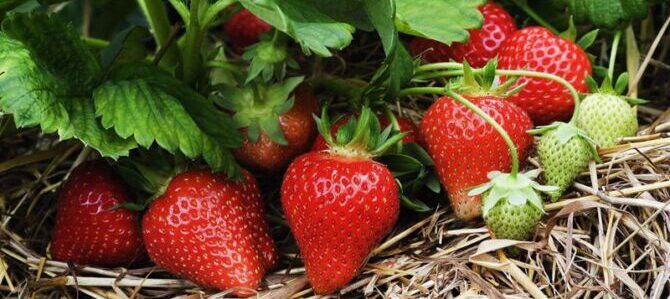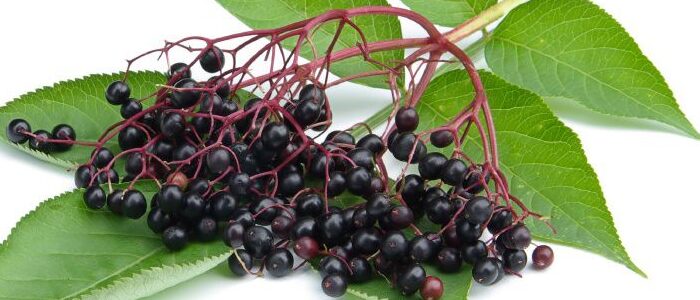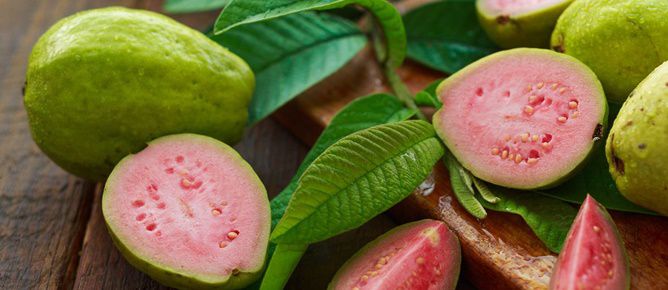Fruits
Growing Star Fruit Tree
Growing Star Fruit Tree. The Star Fruit tree (Averrhoa carambola) bears a fruit called Carambola, or star fruit. The fruit has distinctive ridges running down its sides and when cut in cross-section, it resembles a star, hence its name. The tree is an evergreen in warmer climates but will lose its leaves if temperatures drop below -3 C for a sustained period of time. The medium green leaves are light-sensitive and fold at night or when the tree is disrupted. Clusters of pink to lavender blooms give way to the yellow-skinned fruit.
Growing Star Fruit Tree From Seed
- Soak the seeds in water for 24 hours prior to planting.
- Place the seeds on the surface of the soil.
- Spread a very thin layer of growing medium over the seed, then tamp it down lightly to increase contact.
- Do not cover starfruit seeds with a thick layer of medium. The seed should be visible beneath the medium, but still covered.
- Watch for sprouts in one to two weeks, depending on the season.
- Starfruit seedlings grow rapidly and should be transplanted into containers filled with sandy, loam-based potting soil as soon as they produce two or more sets of leaves.
- Grow them in their containers for at least two full seasons, then plant in the ground in spring after the soil has warmed up or keep growing.
- Or you can keep growing your start fruit tree in a container, as they do well in containers.
Maintaining Star Fruit Trees
- High temperatures of 20 – 35 C and full sun bring out the best in Star Fruit plants.
- The trees are not drought tolerant, so do water the trees regularly, but do not over water. If the tree is in a container, the soil should be watered every day so that it doesn’t dry out.
- In areas where winter temperatures dip below -3C, cover the trees with a frost cover or overwinter the trees indoors if growing in containers.
- The trees grow most actively in spring and summer, so this is the time to fertilize with balanced, granular fertilizer.
- If pruning is needed, then it should be done early in the spring. Remove any dead branches or branches that cross over other branches, and remove any suckers growing at the base of the tree. Then cut the remaining branches back to a third of their original length.
Disclaimer
Medicinal Information:
All medicinal information on this website is for educational and informational purposes only and may not be construed as medical advice. The information is not intended to replace medical advice or treatment offered by healthcare professionals.
Seeds, Plants, Plant Cuttings, Geophytes and Dried Herbs:
In some countries and provinces, certain plants are deemed as invasive and are not allowed to be planted at all, whilst some plants are allowed to be grown only in certain areas or provinces. The onus is on you as the buyer to familiarize yourself with the regulations pertaining to your location, before purchasing any of our seeds, plants, plant cuttings, geophytes or dried herbs. We will not be held liable, should you purchase any seeds, plants, plant cuttings, geophytes or dried herbs. from us which are prohibited in your country or province.

